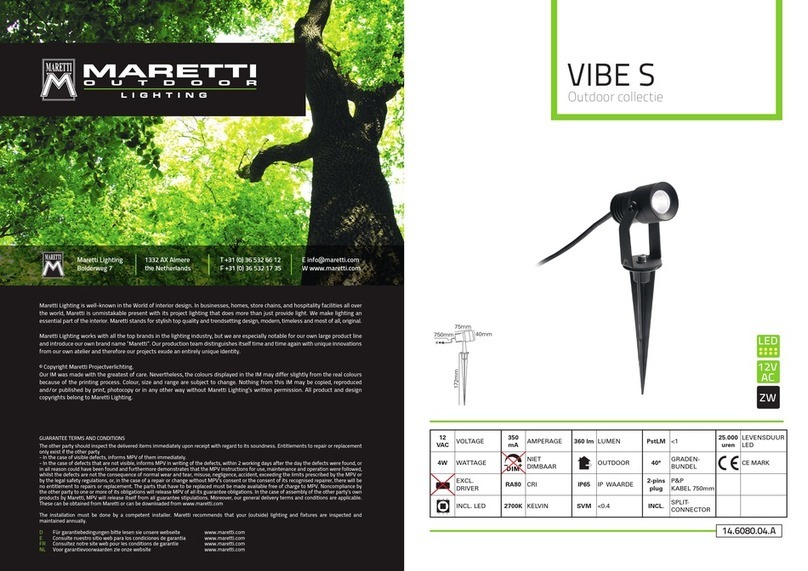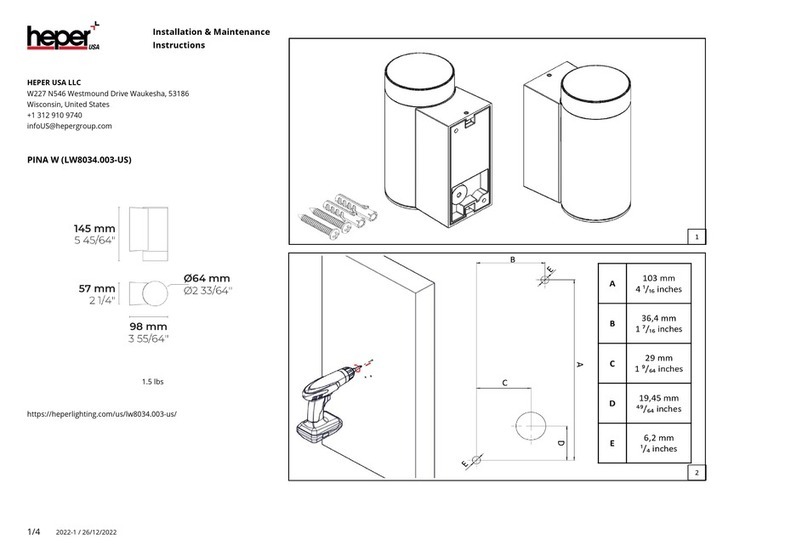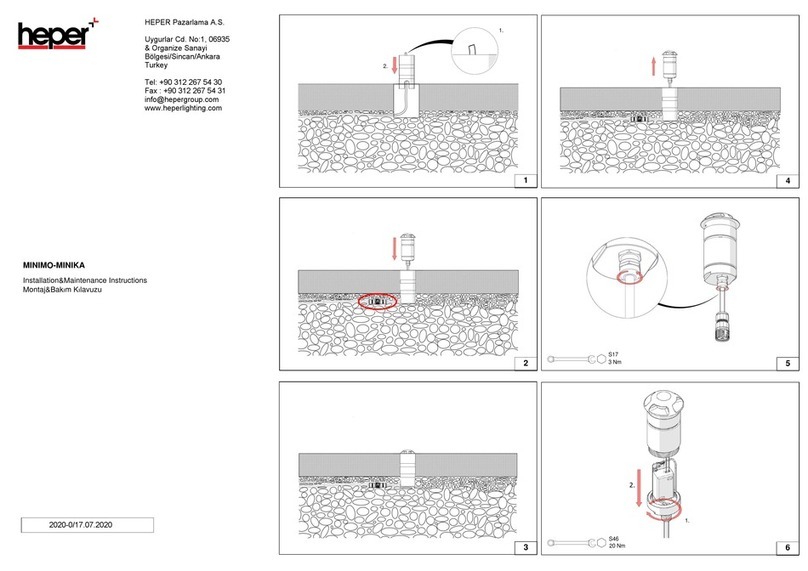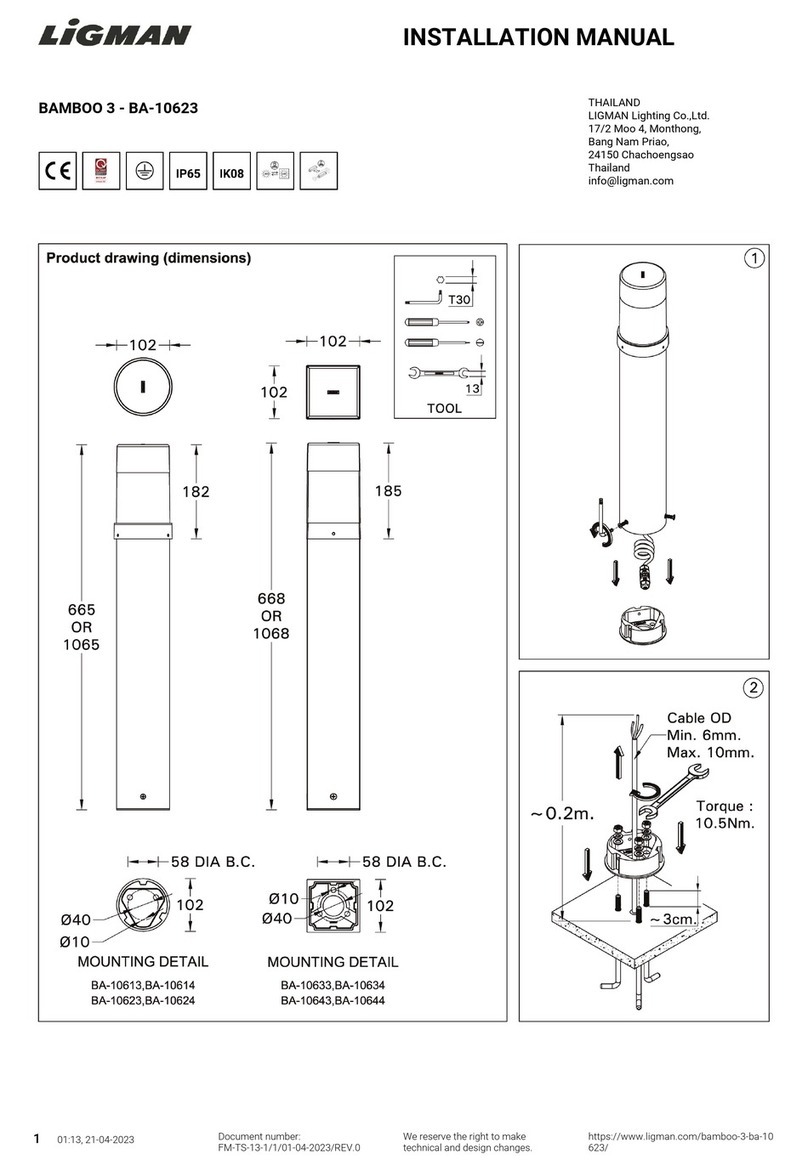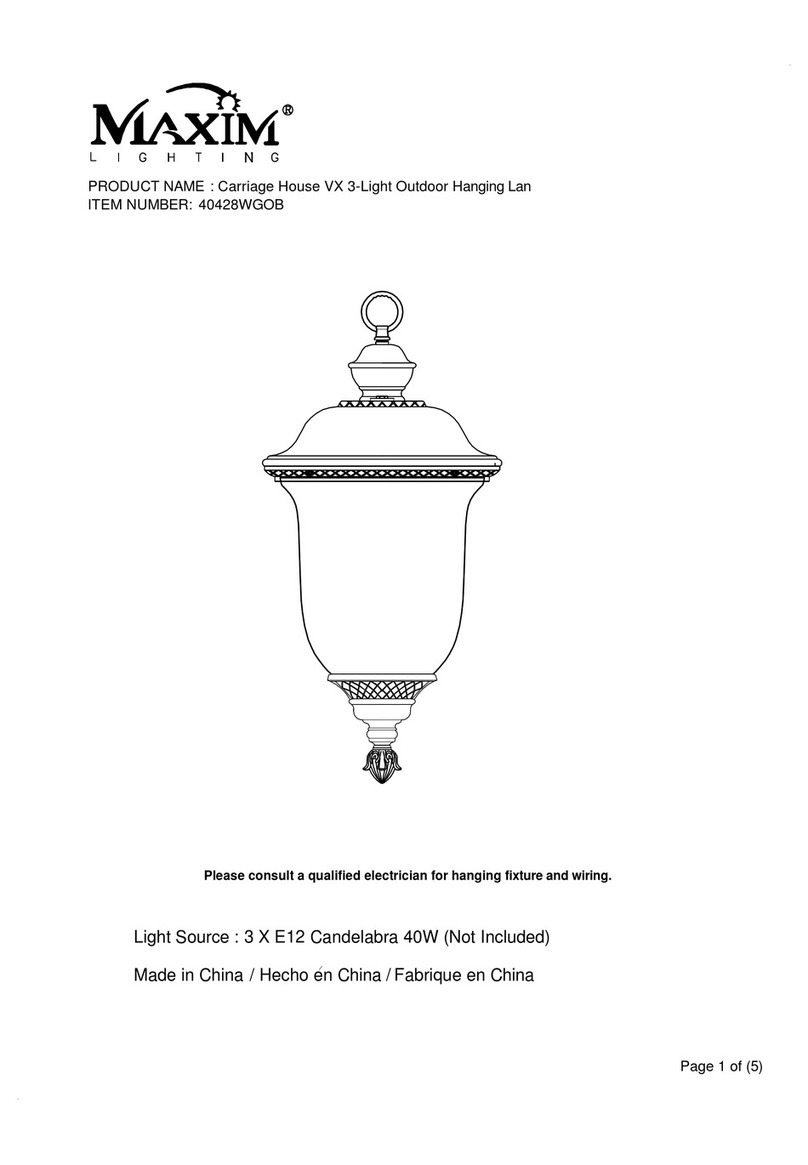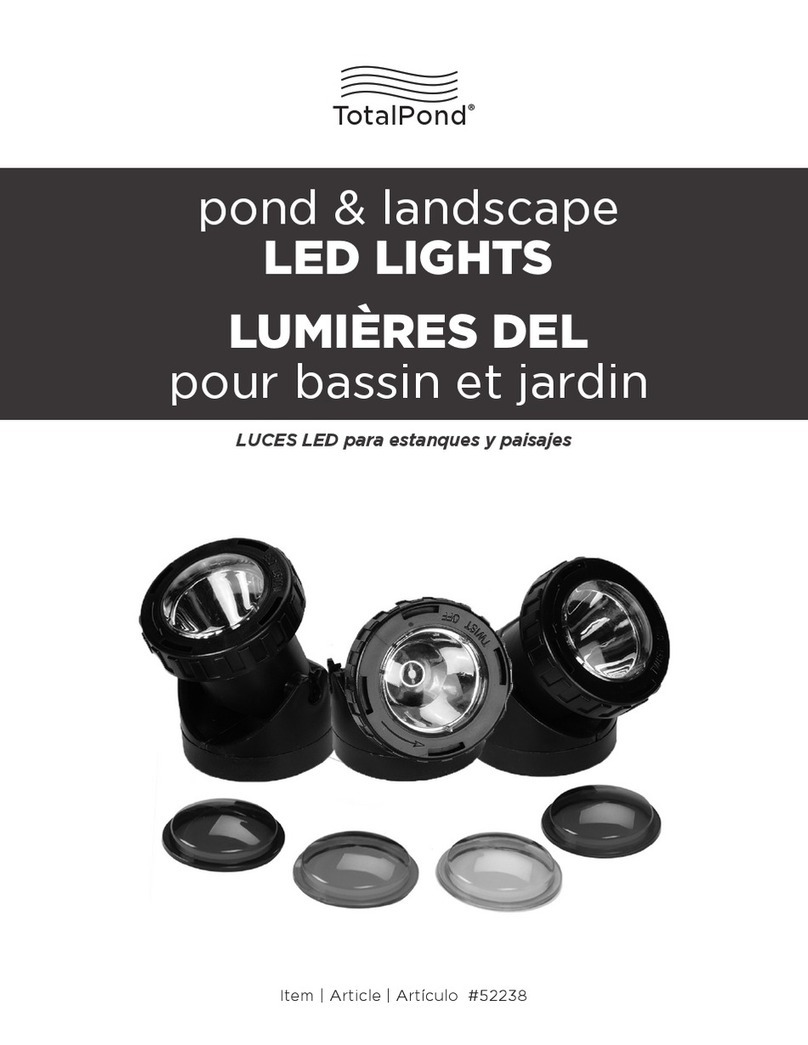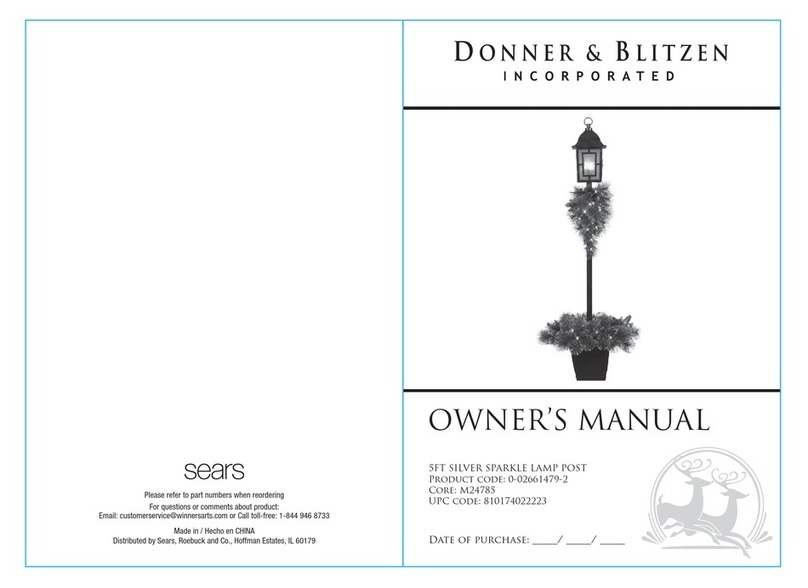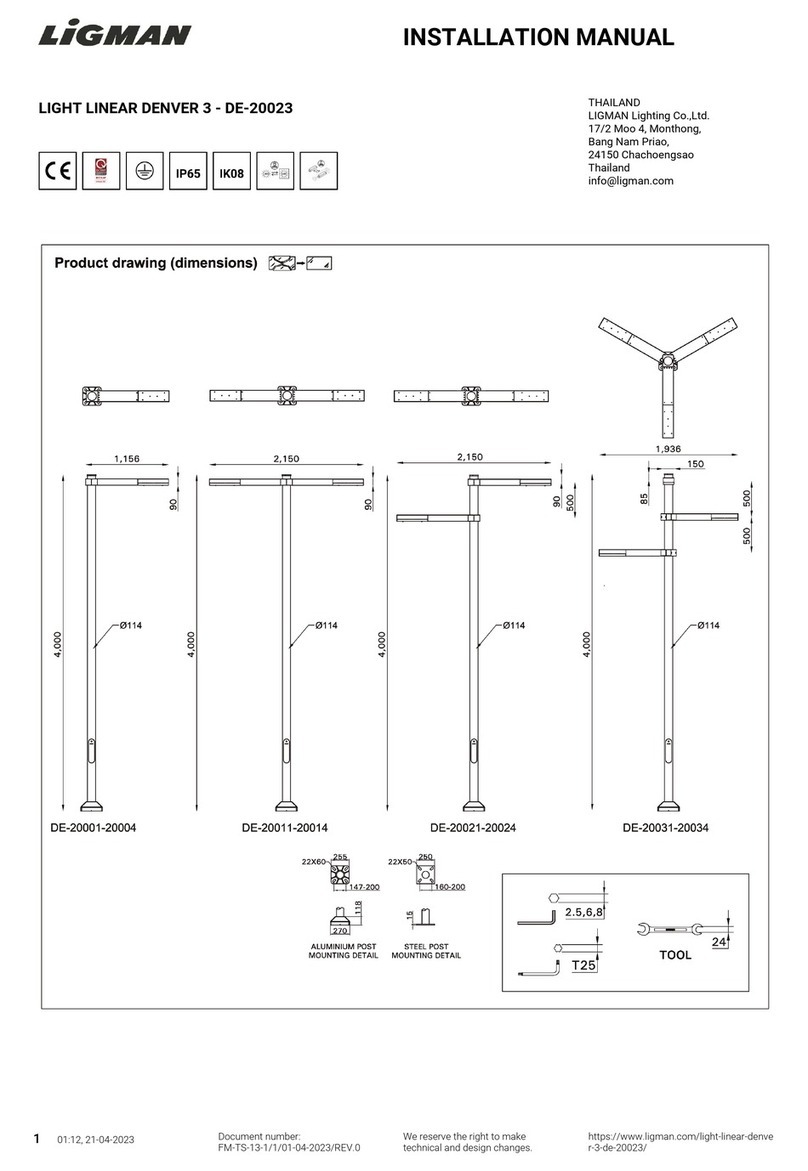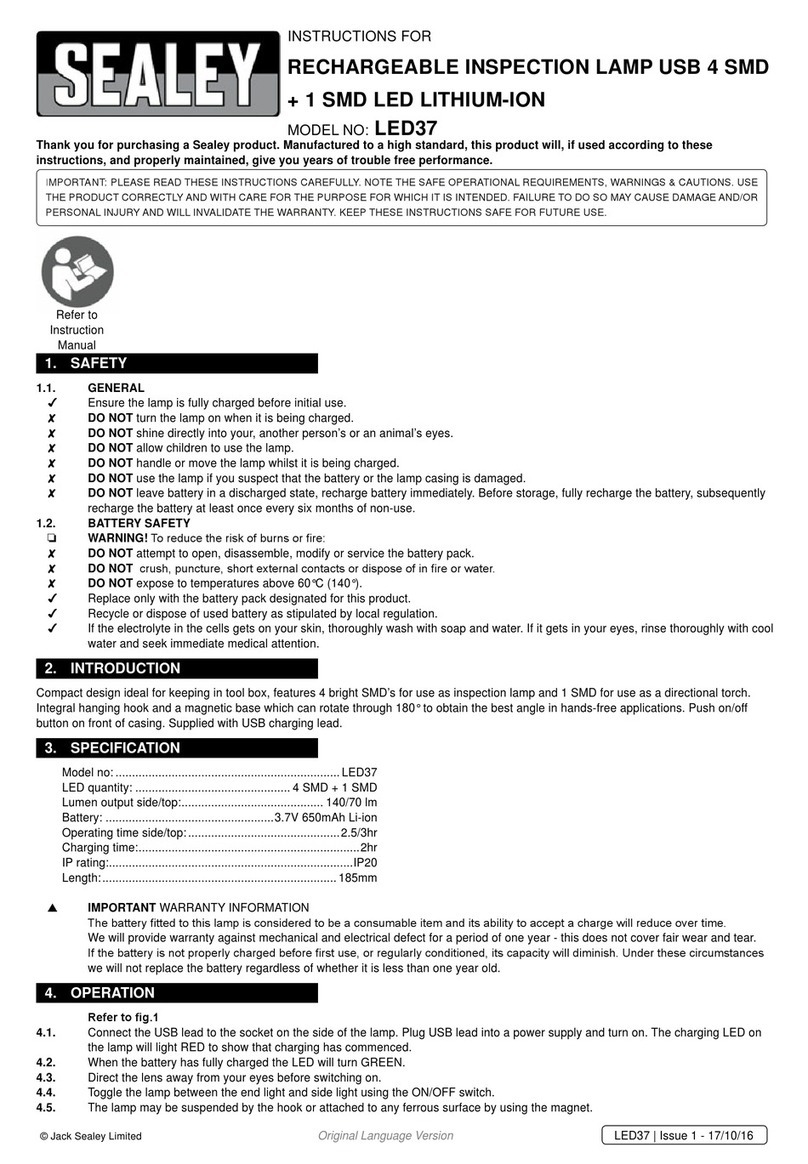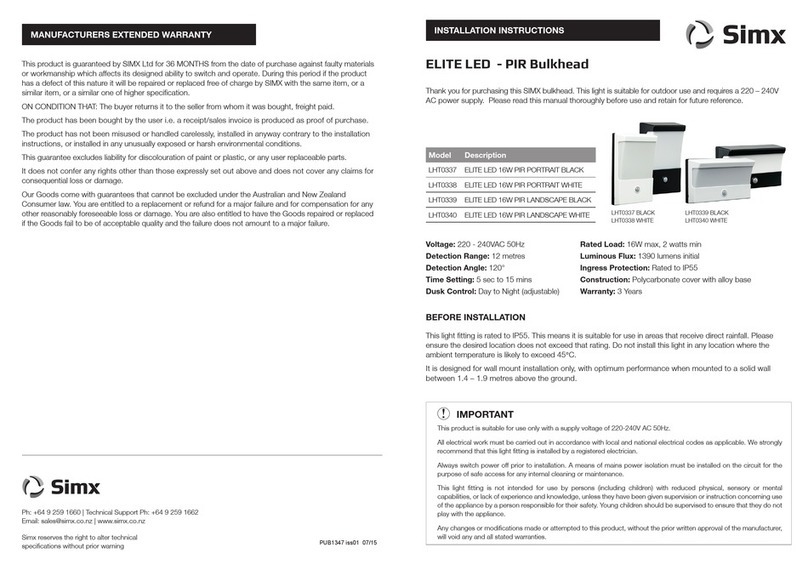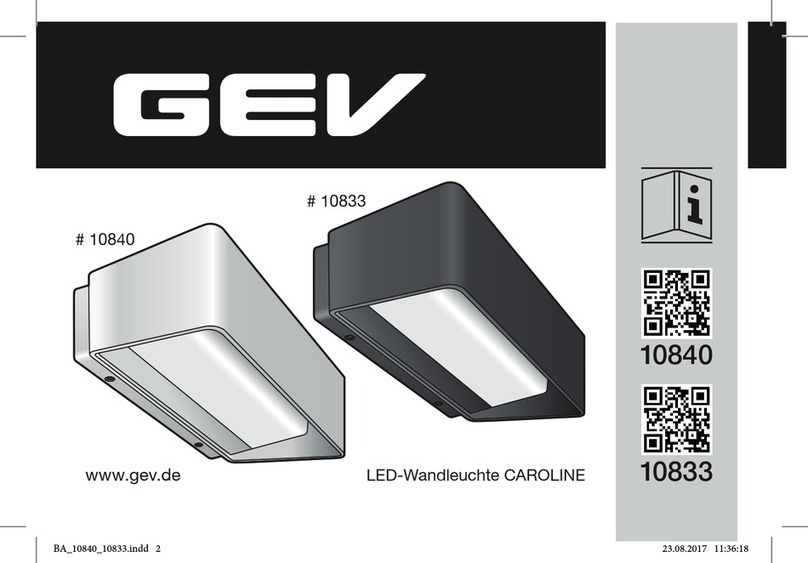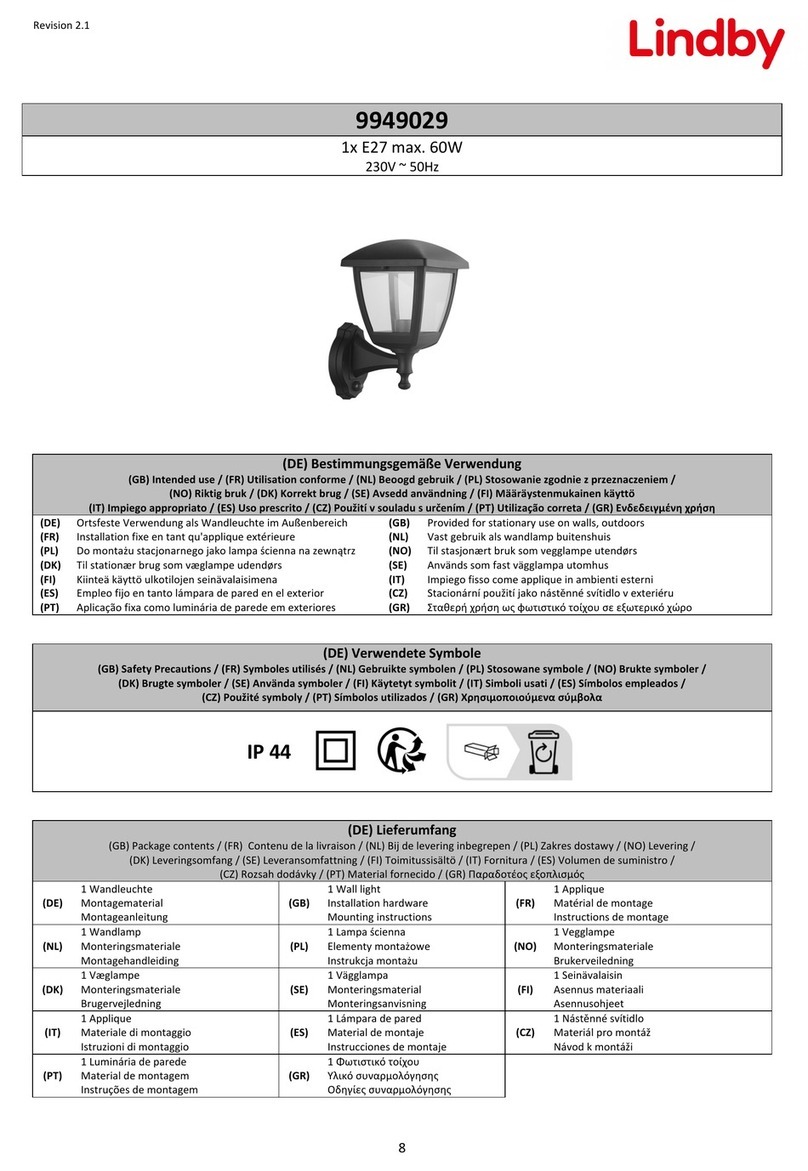1. Per la vostra sicurezza . . . . . . . . . . . . . 7
2. Preparazione del mecablitz . . . . . . . . . 13
2.1 Montaggio del mecablitz. . . . . . . . . . . . 13
2.1.1Montaggio del mecablitz sulla camera . . 13
2.1.2Smontaggio del mecablitz dalla camera. 13
2.2 Alimentazione . . . . . . . . . . . . . . . . . . . 13
2.2.1Scelta delle pile o delle batterie . . . . . . . 13
2.2.2Sostituizione delle batterie. . . . . . . . . . . 15
2.3 Accensione e spegnimento del flash . . . . 15
2.4 Spegnimento autom. dell’apparecchio /
Auto - OFF. . . . . . . . . . . . . . . . . . . . . . 15
3. Automatismo di programma flash. . . . . 19
4 Modalità del mecablitz . . . . . . . . . . . . . 21
4.1 Modo flash TTL . . . . . . . . . . . . . . . . . . . 21
4.1.1Lampi di schiarita automatici TTL con luce
diurna . . . . . . . . . . . . . . . . . . . . . . . . . 23
4.1.2Compensazione dell’esposizione manuale
TTL. . . . . . . . . . . . . . . . . . . . . . . . . . . . 23
4.1.3Indicazione del controllo dell’esposizione
nel Modo flash TTL . . . . . . . . . . . . . . . . 25
4.2 Modo flash manuale . . . . . . . . . . . . . . . 27
4.2.1
Modo flash manuale M con potenza piena
27
4.2.2Modo flash manuale MLo con potenza
ridotta . . . . . . . . . . . . . . . . . . . . . . . . . 27
4.3 Tecniche lampo. . . . . . . . . . . . . . . . . . . 29
4.3.1Lampo riflesso . . . . . . . . . . . . . . . . . . . 29
4.3.2Riprese macro (primo piano) . . . . . . . . . 29
4.4 Sincronizzazione flash . . . . . . . . . . . . . 31
4.4.1Sincronizzazione normale. . . . . . . . . . . 31
4.4.2Sincronizz. sulla 2a tendina (REAR) . . . . 31
4.4.3Sincronizz. con tempi lunghi / SLOW . . 35
5. Funzioni del mecablitz e della camera. . 37
5.1 Indicazione di stato di carica del flash . . 37
5.2 Controllo automatico del tempo di
sincronizzazione . . . . . . . . . . . . . . . . . 37
5.3 Indicazioni sul mirino della camera . . . . 37
5.4 Indicazioni nel display LC . . . . . . . . . . . 39
5.4.1
Indicazione campo d’utilizzo nel modo TTL
39
5.4.2Indicazione del campo d’utilizzo nel
Modo manuale M o MLo. . . . . . . . . . . . 41
5.4.3Superamento del campo indicato. . . . . . 41
5.4.4Soppressione dell’indicazione del campo
d’utilizzo . . . . . . . . . . . . . . . . . . . . . . . 41
1. Indicaciones de seguridad . . . . . . . . . . 7
2. Preparación del mecablitz . . . . . . . . . . 13
2.1 Montaje del mecablitz. . . . . . . . . . . . . . 13
2.1.1Montar el mecablitz sobre la cámara . . . 13
2.1.2Extraer el mecablitz de la cámara . . . . . 13
2.2 Alimentación de corriente . . . . . . . . . . . 13
2.2.1Selección de pilas o acumuladores. . . . . 13
2.2.2Cambio de las pilas . . . . . . . . . . . . . . . 15
2.3 Conexión y desconexión del flash . . . . . 15
2.4 Desconexión automática del flash/ Auto -
OFF. . . . . . . . . . . . . . . . . . . . . . . . . . . 15
3. Automatismo programado para . . . . . . 19
4. Modos de funcionamiento . . . . . . . . . . 21
4.1 Funcionamiento del flash TTL . . . . . . . . . 21
4.1.1Destello de aclaración TTL automático,
con luz de día . . . . . . . . . . . . . . . . . . . 23
4.1.2
Control manual de exposición del flash TTL
23
4.1.3Indicador del control de la exposición en
funcionamiento TTL . . . . . . . . . . . . . . . . 25
4.2 Funcionamiento manual del flash . . . . . . 27
4.2.1Funcionamiento manual M con
plena potencia luminosa . . . . . . . . . . . . 27
4.2.2Funcionamiento manual MLo del flash,
con potencias parciales de luz . . . . . . . . 27
4.3 Técnicas de destello . . . . . . . . . . . . . . . 29
4.3.1Destellos indirectos . . . . . . . . . . . . . . . . 29
4.3.2
Fotografía de proximidad/primeros planos
. . 29
4.4 Sincronización del flash . . . . . . . . . . . . 31
4.4.1Sincronización normal . . . . . . . . . . . . . 31
4.4.2Sincronización a la 2ªcortinilla
(modo REAR) . . . . . . . . . . . . . . . . . . . . 31
4.4.3Sincronización de tiempo largo / SLOW 35
5. mecablitz y funciones de la cámara . . . 37
5.1 Indicación de disposición de disparo . . . 37
5.2 Control automático de sincronización
del flash. . . . . . . . . . . . . . . . . . . . . . . . 37
5.3 Indicadores en el visor de la cámara . . . 37
5.4 Indicadores en el display LC . . . . . . . . . 39
5.4.1Indicador del alcance en funcionamiento
TTL del flash . . . . . . . . . . . . . . . . . . . . . 39
5.4.2Indicador del alcance en funcionamiento
manual del flash M, respect. MLo. . . . . . 41
5.4.3Superación del margen de indicación . . 41
3

